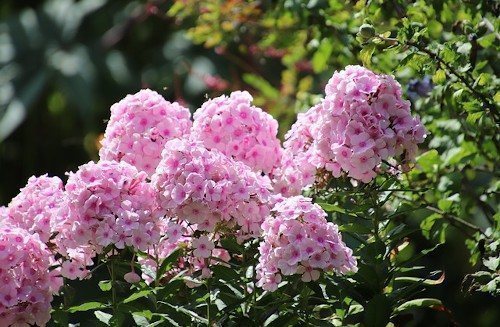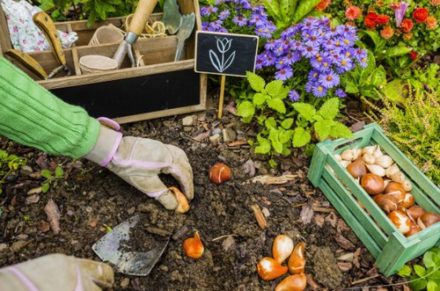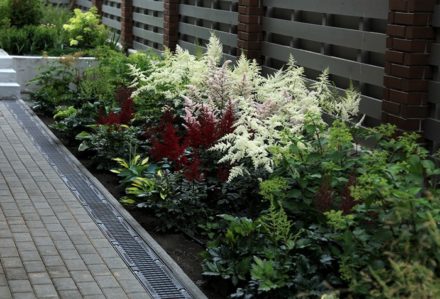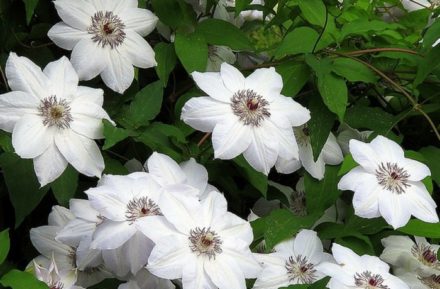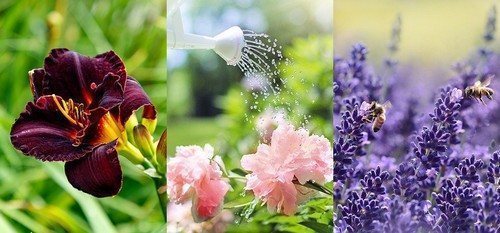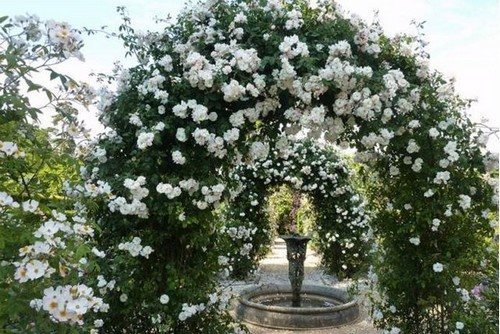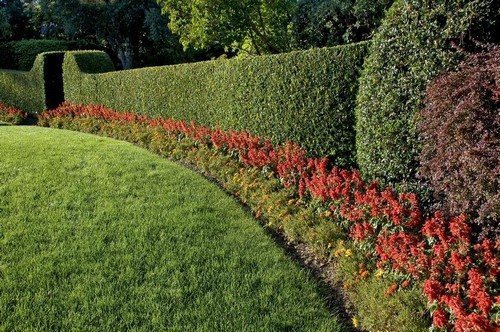Attractive with their extraterrestrial brightness and beauty, anemones are harmoniously included in any style of landscape design. These are flowers with a “complex character” - they cannot grow like weeds and require careful, thoughtful care. And in order to avoid critical mistakes, it is recommended to remember what is most important for anemones.
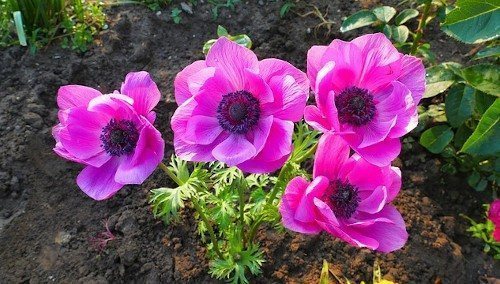
The relationship between planting dates and type of planting material
Anemone seeds have a low germination rate - about 25%, and with this method of cultivation, anemones bloom only in the third year. On the eve of the first frost, the seeds are slightly buried in a container with a substrate of peat and sand, taken 1 part at a time, and buried outside, insulated with leaf litter. Wintering in natural conditions plays the role of a stratification method, and in early spring you can prepare flower seedlings for the garden without any problems.
It is much easier to start growing tuberous and rhizomatous anemones. Normally, they are planted in the spring, with stable warming up to +9...12 °C, and then flowering can be expected already in the current season.
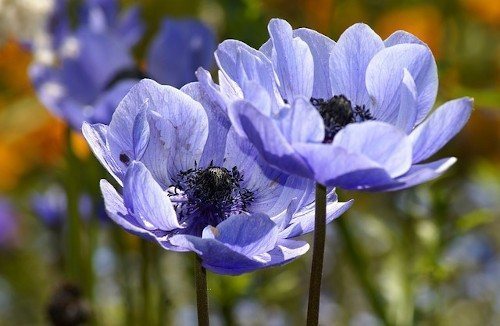
Preparation of planting material
Continuing the theme of anemone propagation by underground parts, it is important to note that late planting delays the formation of buds until the end of summer. The lack of early flowering is characteristic only of regions with warm climates.
For other places, it is possible to speed up the process if we are talking about tuberous anemones, which “wake up” in advance, for which:
- warm water and a couple of drops of Epin, Zircon or a similar root formation stimulant are mixed in a saucer;
- soak gauze folded in several layers with the liquid and squeeze it out lightly;
- The tubers are wrapped in damp cloth and tightly closed in a bag for 4–5 hours.
After this, the tubers are kept in moist soil for 7–10 days, under glass or film at +5 °C. As soon as the growth points with roots become noticeable, future anemones are sent for growing at +12 °C in peat pots until they are moved to the garden.
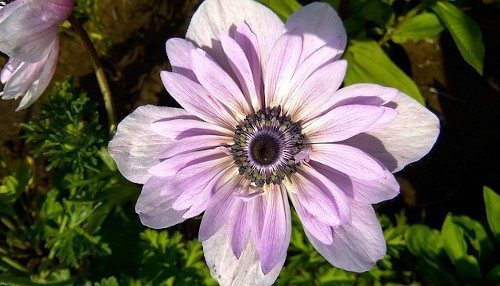
Soil characteristics
Provided that the anemones were planted in sufficiently nutritious, fertile soil, they practically do not need fertilizers all summer. The soil in anemone beds should be loose, moisture- and breathable. An option tested by experienced gardeners is mixing small amounts of rotted manure and coarse river sand.
But the main condition is that the soil for the anemone must be alkaline. That is, the pH value should be no lower than 6.5, and even better - within the range of 8.5–7.
Since pH determination is required not only for anemones, but also for other plants in the garden, it is recommended to stock up on litmus paper at the beginning of the season.
To carry out the test, you need to take soil from the garden from a depth of 20–25 cm, moisten it with distilled or rain water, apply paper and then look at its color:
- red or orange - high acidity;
- yellow - low acidity;
- pale green - neutral soil;
- bright green - alkaline soil.
The simplest way to deoxidize the soil for anemones is to add dolomite flour or wood ash to it.
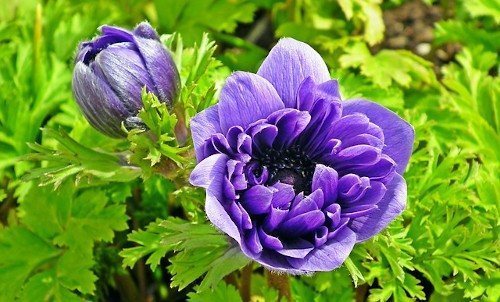
Features of watering
In spring, anemones need only 1 watering per week; in summer, if it rains regularly, you can do without it altogether, naturally, periodically checking the soil moisture.
During the dry and hot months of June to August, most anemone varieties, such as crown anemone, need watering every 1-2 days.
It is interesting that anemones belong to rare flowers that are practically “indifferent” to whether they are watered with hard or soft water. But temperature is important. Not even icy, but simply cool, it can cause a shock in the root system, after which the anemone’s petals fall off. And if misfortune happens to a perennial variety, there is a chance that it will not survive the winter. Therefore, the water should always be warm; it is poured at the root, avoiding contact with the stems and leaves.
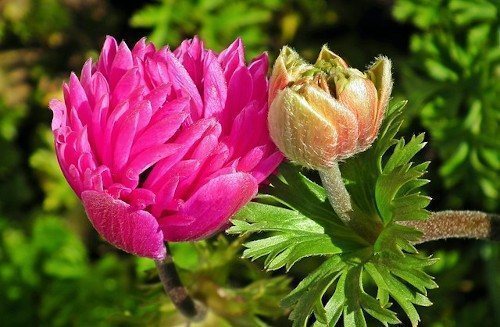
Loosening and mulching
Few garden flowers have such a fragile, superficial root system as anemones. It is unacceptable to loosen the soil in front of them using a flat cutter or hoe - this is the simplest harmful recipe for how to destroy anemones. For the sake of their lovely beauty, you need to put a lot of stress on your back and arms by manually weeding.
As for mulching, it is known to make it difficult for weeds to germinate. Plus, it keeps the soil moist longer after watering and prevents the formation of a dry, hard crust that prevents the “breathing” of the roots. For mulching, it is recommended to use dry mullein or peat, creating a layer literally 0.5-1 cm thick.
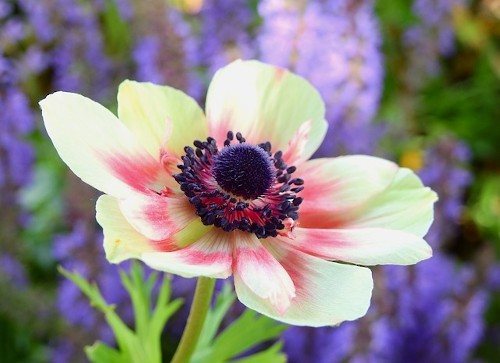
Care during the flowering period
According to flowering time, all anemones are divided into two groups:
- spring - belong to the ephemeroids, that is, the cycle of the “ground” part is short and after flowering in April - May, already in July the plant plunges into the dormant stage;
- summer or autumn - often bloom 2 times a year, first as ephemeroids, and then from August until October.
Some varieties of anemone also bloom in June - July. But sometimes the flowering time may shift slightly depending on the climatic conditions of a particular garden.
But in any case, there is no need to remove faded anemone flowers. But it is advisable to add fertilizer during the formation of buds - something complex mineral -, especially for blue and light blue plants.
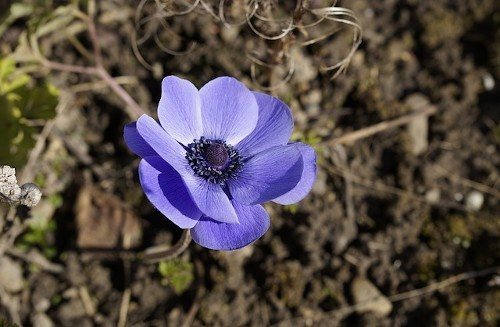
Treatment and prevention of diseases
The greatest danger for anemones is sclerotial rot - when the root collar rots, entire nests of flowers die. To save nearby plants, affected anemones are dug up along with the soil around the roots. Also, the place of former plantings must be watered with Fitosporin-M to prevent the spread of the marsupial fungus that causes rot.
Quite often these flowers are affected by downy mildew, leaving whitish spots on the upper side of the leaves and gray-dirty marks on the bottom. To prevent disease, anemones should not be planted too densely among themselves or with other plants.
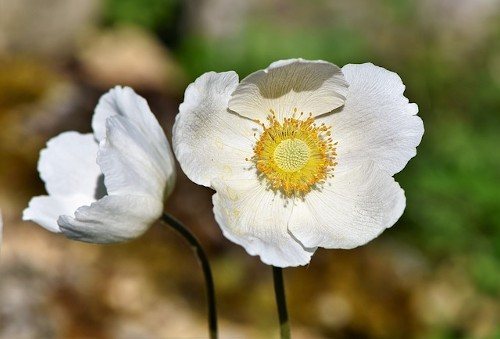
Pest Rescue
Tobacco and greenhouse whiteflies are frequent guests in flower beds, because of which dry spots first appear on the leaves, and then yellowness spreads. The best prevention is to introduce ladybugs - in all respects, magnificent insects useful for the garden.You can also try spraying the flowers with an aqueous infusion of peppermint or wormwood with the addition of laundry soap to make the product stick to the greens.
In hot and rainy summers, you can be wary of the appearance of thrips, which first mark the leaves with a yellowish-white color and then can destroy the entire flower. In severe cases, insecticides are used 2 times in 10 days. If there are few pests yet, you can try to get by with a water infusion of garlic.
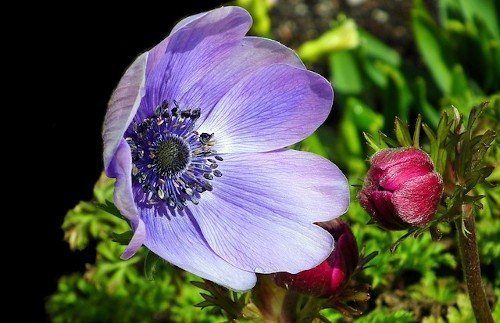
Careful wintering
The entire variety of anemone varieties is divided into two groups according to the nature of the roots. Rhizomatous plants overwinter well in the garden even in the middle zone; it is enough to cover them with sawdust, fallen leaves or peat, plus there should be plenty of snow.
Tuberous plants come from the southern regions of Europe, which explains their painful sensitivity to sub-zero temperatures. The exceptions are the Apennine, tender and Caucasian anemones, which can overwinter under mulch and spruce branches.
All other tuberous anemones are dug up. It is optimal to do this from mid-September to early October on a clear, dry day. The dug up tubers are cleaned of soil, if desired, disinfected and necessarily dried at +20 ° C, spread out in one layer.
Then, until the end of winter, the tubers are removed in containers with sand or sawdust and stored at +3...4 °C.
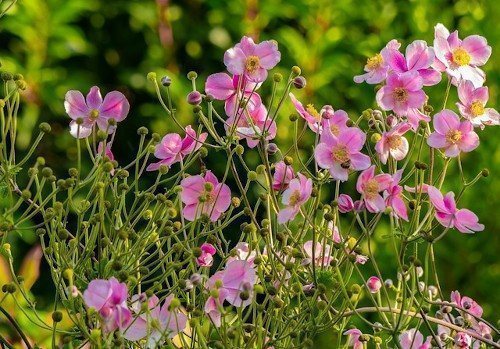
In conclusion, it is worth adding that in recent gardening seasons a trend has been gaining popularity - decorating rocky hills with anemones, where they are perfectly combined with low-growing evergreen shrubs.


